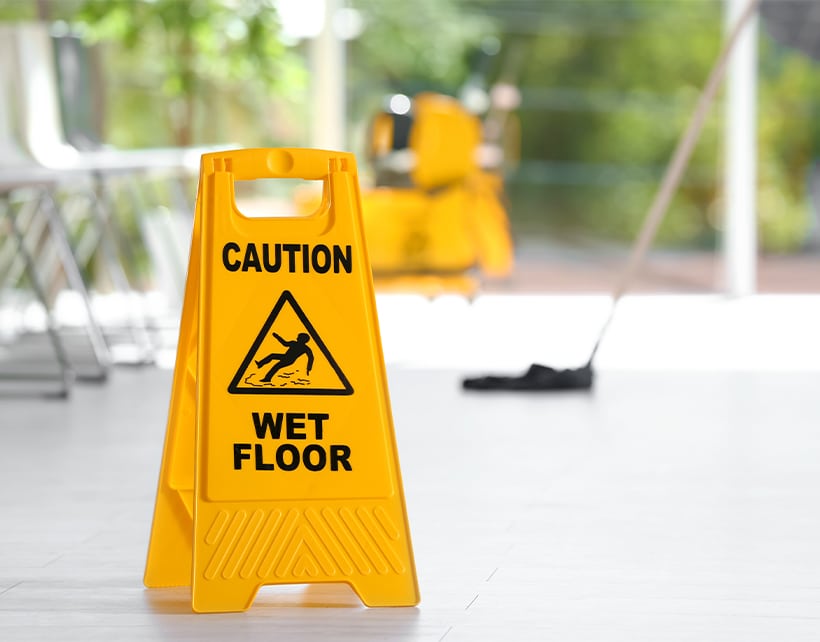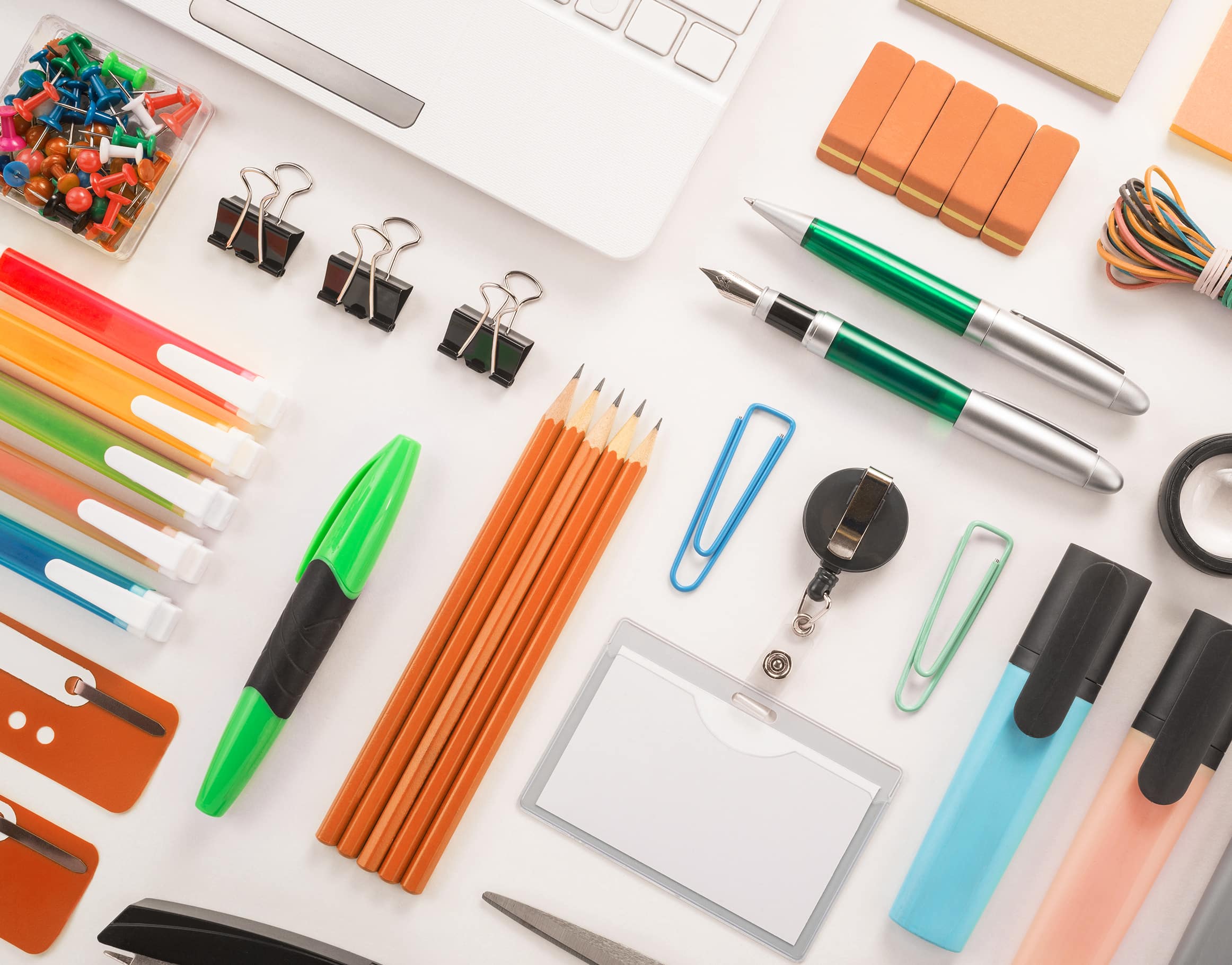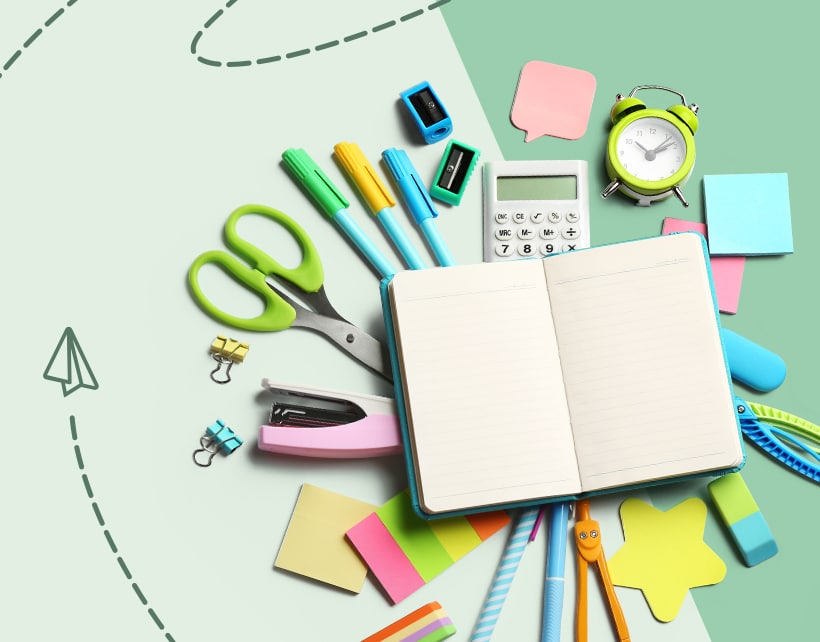
Health and Safety at Work
In celebration of World Health Day, it is time to emphasise the importance of safety at work! A secure working environment not only promotes the well-being of employees, but also contributes to enhanced productivity. The theme for World Health Day 2024 is ‘My health, my right’, and at Viking, we value the health and well-being of our colleagues. With this blog, we aim to shed light on the essentials of workplace safety, focusing on first aid kits, common workplace accidents, and some tips on first aid at work.
First Aid Kit list of essentials
A well-equipped first aid kit is a cornerstone of workplace safety. It’s crucial to have a kit readily available to address minor injuries promptly. Here are some essentials that should be part of every workplace first aid kit:
- Wound care
- Sterile dressings and bandages
- Antiseptic wipes or solution
- Medical tape
- Basic medications
- Pain relievers (aspirin, ibuprofen)
- Allergy medication
- Antacids
- Tools and accessories
- Scissors
- Tweezers
- Instant cold packs
- Thermometer
- Personal Protective Equipment (PPE)
- Disposable gloves
- Face masks
- Safety glasses
It is always useful to keep an instruction manual with your first aid kit. This manual can serve as a valuable guide, providing clear and concise instructions on how to use each item within the kit effectively. In times of urgency, having this resource readily available ensures that anyone, even those without extensive medical knowledge, can provide immediate and appropriate assistance.
Common workplace accidents and prevention
Although it’s impossible to predict and prevent every accident or mishap accurately, practicing increased caution can prevent certain types of incidents.
- Slips, trips, and falls
Keep walkways clear, use non-slip mats, and promptly address spills.
- Cuts and abrasions
Provide proper training on tool usage, ensure tools are well-maintained, and wear appropriate protective gear.
- Musculoskeletal injuries
Encourage proper lifting techniques, provide ergonomic workstations, and promote regular breaks to prevent strain.
Put up infographics and posters around the workplace so that they function as constant visual reminders.
- Burns and scalds
Install safety measures for hot surfaces, provide training on handling hot liquids, and have appropriate fire safety protocols.
Checklist for a safer workplace
- Maintain a first aid kit and regularly replenish it.
- Conduct routine safety training for all employees.
- Ensure proper signage for potential hazards.
- Keep emergency exits clear and well-lit.
- Inspect and maintain equipment at regular intervals.
- Promote a culture of reporting potential safety concerns.
- Display emergency contact information prominently.
Ensuring the well-being of employees extends beyond physical safety to include their mental health. Create a safe workplace environment, free from bullying or racism, as these factors significantly affect both the mental and physical well-being of your team.
Prioritising safety in the workplace is a shared responsibility. By implementing preventative measures and having a well-equipped first aid kit, businesses can create an environment that safeguards employees’ health and well-being. This World Health Day, let’s commit to fostering a culture of safety for a more secure and productive work environment worldwide.






